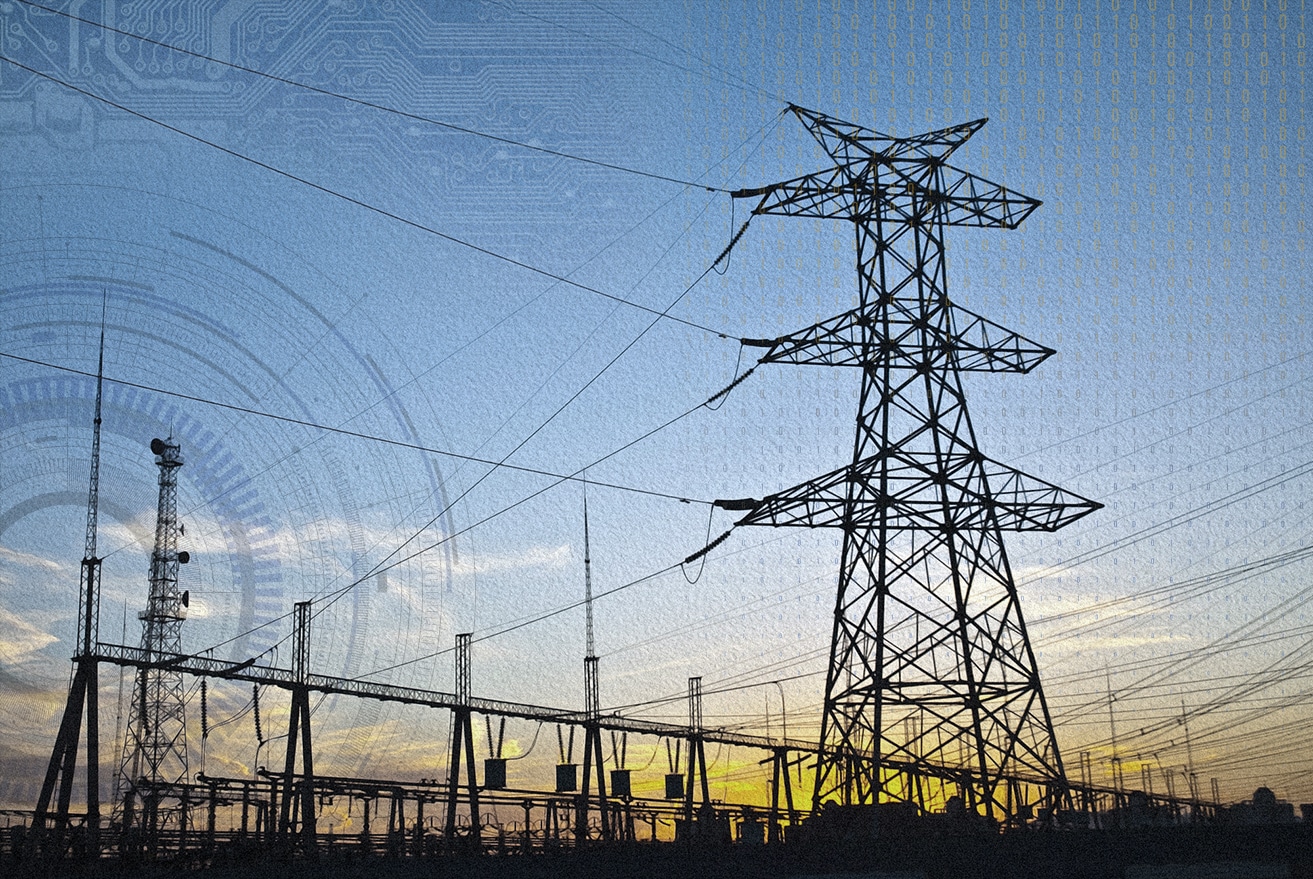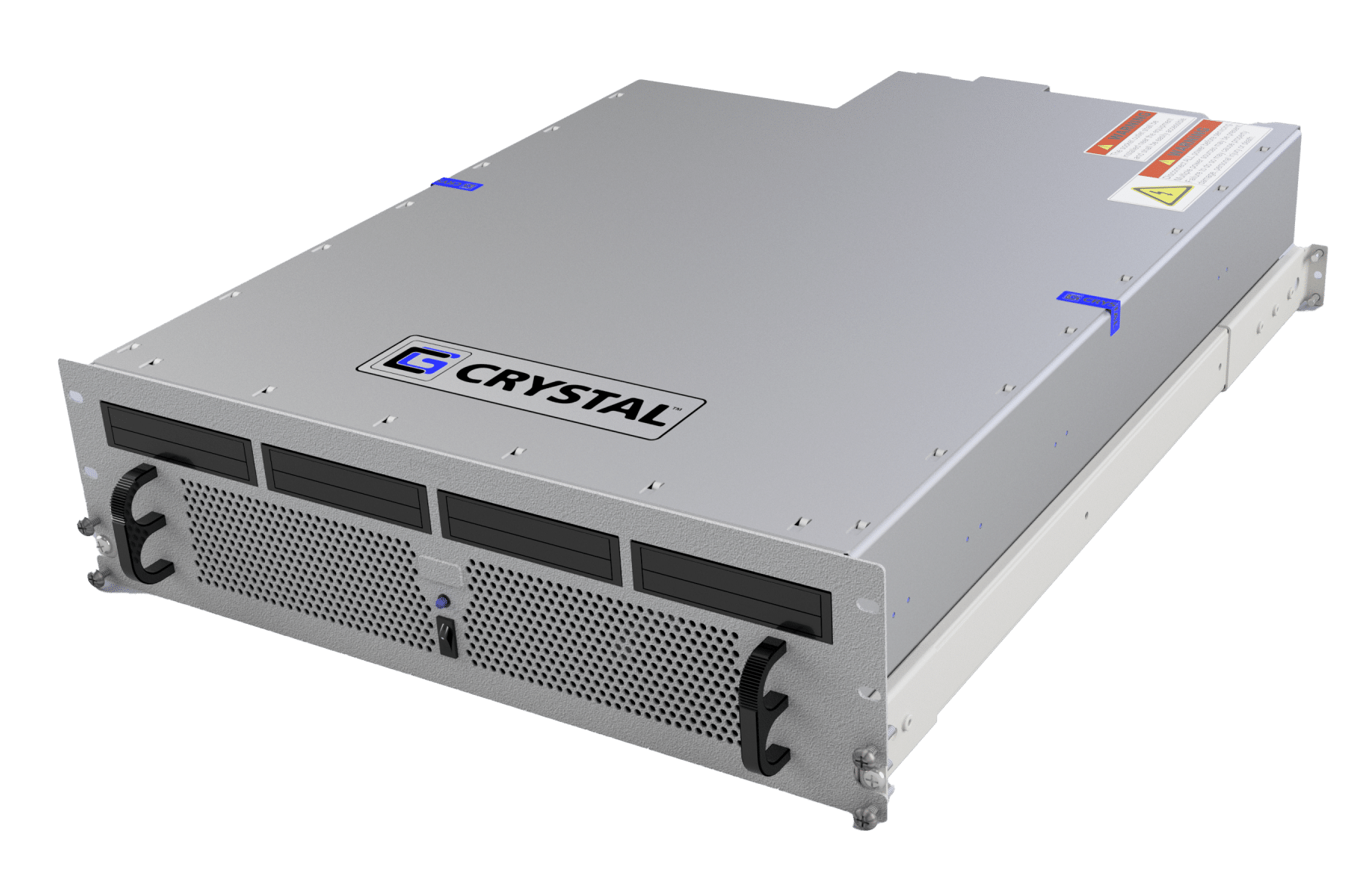Read the first and second part of the nationwide substation makeover series here.
By Chad Hutchinson, Vice President of Engineering
It all sounds great–so what’s the holdup? For utilities that can’t afford even a second of unnecessary downtime, there’s significant pressure to maintain grid reliability. That means if what worked yesterday, last week and last month is still working, there’s little motivation to move to a wholesale adoption of technology that is, for utilities and operational technology managers, all new and unproven.

“It’s a big unknown for them, so we have to prove that it works…it makes the system more reliable, and it’s easier and less costly to maintain,” Prithpal Khajuria said. He added that Intel works with utilities to create reference architectures in the lab, then pilots the technology for hands-on learning by finding and fixing issues, building awareness, capturing data for analysis and, ultimately, giving utilities the confidence to make these big changes.
For many utilities, buying into such a dramatic change in decades-old operations requires this campaign of education and awareness. Armed with an understanding of how the technology works and the benefits that can be delivered, decision-makers and operators alike are better prepared to move forward and reach a point of resolution in modernizing substations–and, more broadly, the U.S. energy grid.
To ease the burden of this transition, the vPAC Alliance has been formed with organizations that have proven success in the utilities industry. Every technological partner is prepared to work efficiently and effectively together to provide a solution that is easily implemented into substations.
Not everyone will have the luxury of time, though.
Grid modernization is becoming more high-profile, including being singled out as a priority for the Biden administration. In California, new homes already are required to have solar panels, and state law requires that 100% of electricity generated will need to come from renewable sources by 2045. This will require substations to be able to incorporate and manage more distributed resources. Likewise, the recent cold-weather blackouts in Texas only add to escalating worries about imminent weather-related effects on energy access–and underscore the need for rugged, modernized infrastructure, including hardened substations.
As electric vehicles gain popularity on the roadways and aging infrastructure becomes more costly to operate–and unable to withstand the shifting flows of business, electricity, and security threats–expect the need for substation “makeovers” that digitize and automate to become more dire. And for all these grid updates to achieve adoption, rate case modernization is yet another requirement.
Can this be anything other than a tipping point? Experts caution against waiting to find out, and utilities are forging partnerships aimed at catalyzing modernization. As demand grows as quickly as threats, it’s more critical than ever to adopt virtualization, ruggedization and technological transformation as the new way forward. 
Contact our experts to learn more about our computing hardware designed specifically for the modern power grid.